#paradosiaki foresia
Text

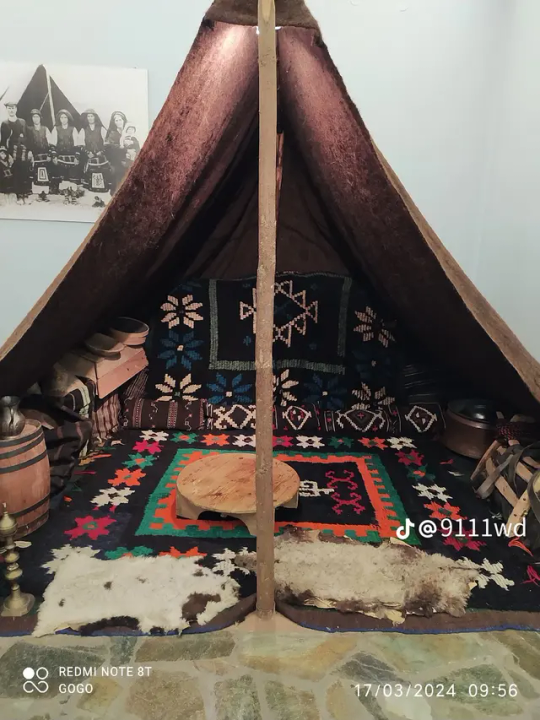

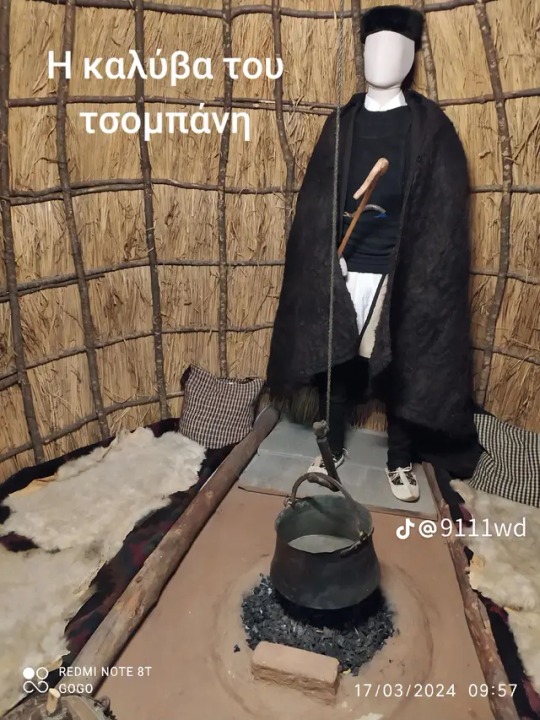
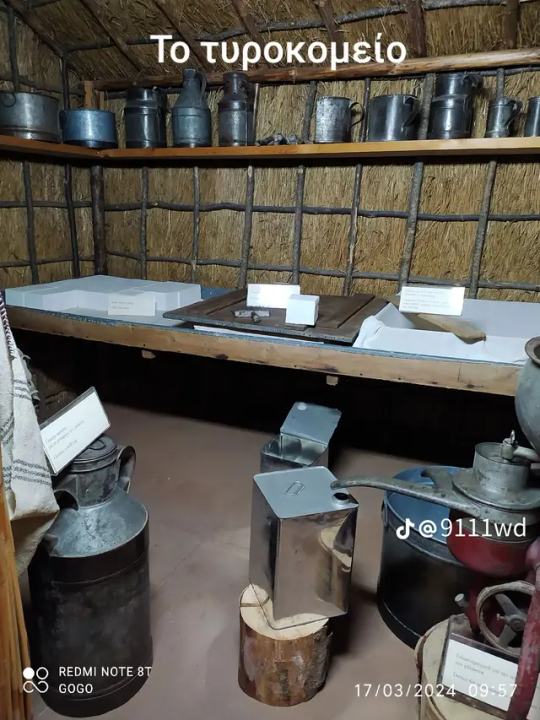


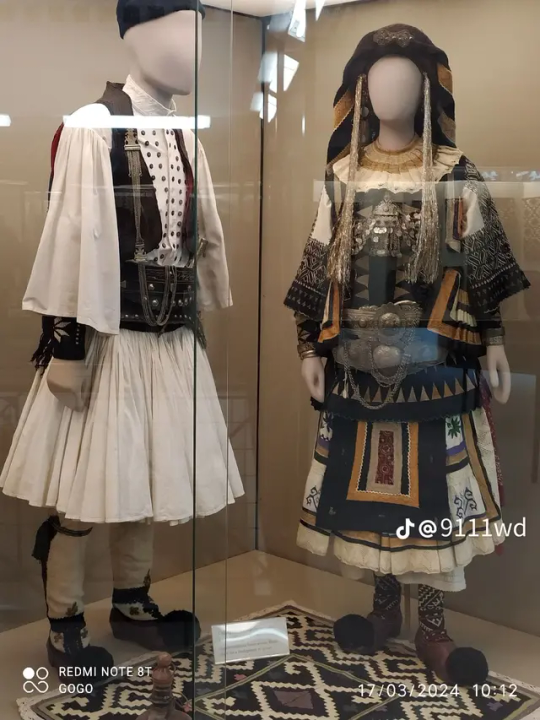

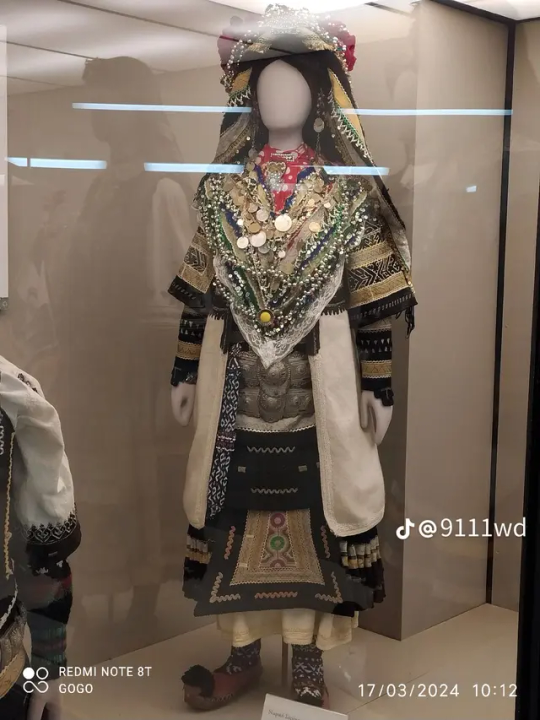
Gogo took some pictures from the Museum of Sarakatsanoi in Serres 🖤❤️🤍
1. A Sarakatsaniko village
2/3. Interiors
4. Shepherd's hut
5. Fromagerie
6. School
7/8/9. Clothing
10. Bridal clothing
38 notes
·
View notes
Text
Aphrodite as 100 years of Greek fashion (part 1)
Before writing this long essay post, I just wanted to give props and citations of information to both @alatismeni-theitsa and @greek-mythologies for introducing me a lot of things about Greek arts, culture, and its past history over several months now; and that this idea was also partly inspired from the common idea of modern Hellenic Polytheists as well: that “the gods are often enormously powerful beings who don’t have definitive physical bodies, and they often manifest/appear to whomsoever they wish and in any form that they wish to.” To me, since both Aphrodite and Ares have always been appeared as local Mediterranean Greeks in modern-day clothing fashion, here are some photos of what the couple themselves would wear/ dress like for over past 100 years ago.
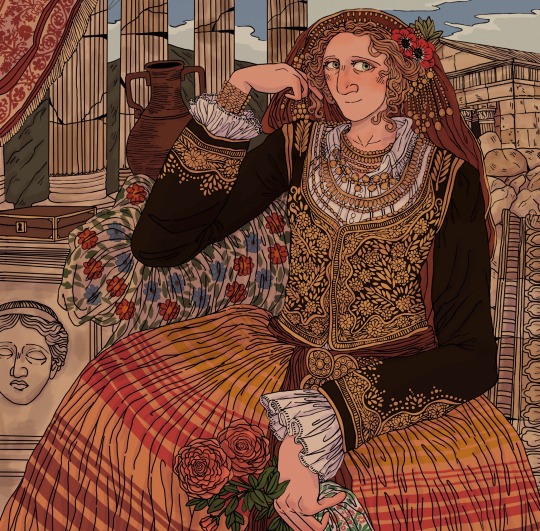
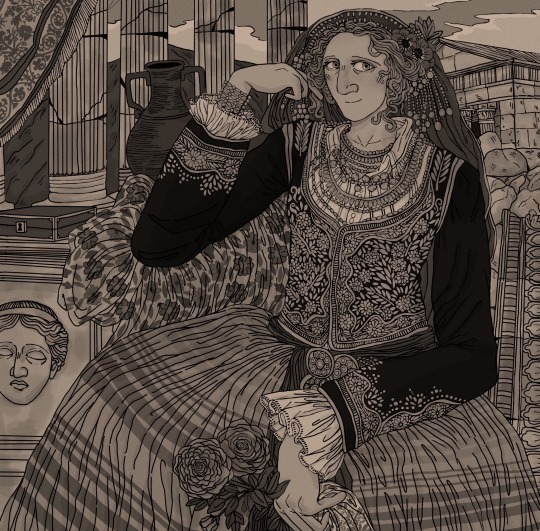
1910s:
During this time and era, Western European fashion from the Edwardian era haven't reached to most of the Greek population, yet; and only to be worn by the royal aristocratic class and the affluent wealthy class. It was much more transition period due to the effects of Second Industrial Revolution, to be exact. Villagers who lived in both rural and developing areas back then often wore the traditional clothing (paradosiaki foresia), consisted of a simpler attire: shirt, skirt, apron, and handkerchief for women. (Even though this is not really a case for all the affluent wealthy class, as sometimes they wore traditional fashion or a fusion mix between both modern and traditional, in some occasions.) Aphrodite, in this case here, as the goddess of sex, love and beauty, wore “the traditional folk kaprasia bridal dress” from the island of Cyprus as usual, with the traditional ornate golden jewelry that Greek Cypriot families often passed down from generations to generations.
Historically, this is also the time when all countries in the Balkan region (Greece, Bulgaria and Serbia) forming allies together in order to help smaller European territories to gain independence from the ever slowly-dying Ottoman Empire; but later turn hostile towards to each other due to the partitioning of their conquests. The political Greek royal family and the Greek Prime Minister also began to ripping the Greek society apart; as Konstantinos I was married to Kaiser Wilheim II’s sister while the Greek government Eleftherios Venizelos was allied with the Allied Powers, British Empire, and France. This period of time, also marked “one of the largest chain of tragedies and sadnesses within the modern Greek history”; as the famous Greek genocides were being committed in the Anatolia region of Turkey, on the basis of their religion and ethnicity. With the fall of the Ottoman Empire and the assassination of Franz Ferdinand of Austro-Hungarian Empire, and other problem factors that related to “Socio-Darwinism” and “colonialism” across Africa and Asia, World War I begins and Greece declares war on the Central Powers in 1914, ending three years of neutrality by entering World War I alongside Britain, France, Russia, and Italy.


1920s:
During this time and era, Europe just formed a fragile peace treaty together and WW1 had made a fundamental and irreversible effect on society, culture, and fashion; where women’s fashion were all often associated with the ideas of “letting loose”, “breaking free” and “rebel against” the physical and social constraints of the previous century. Letting go away from the extravagant and restrictive styles of the Victorian and Edwardian periods, and towards a more simple, more casual chic, and looser clothing which revealed more of the flowing silhouette, the arms and the legs. This idea might have originally started in Paris and popularized by Gabrielle Chanel, paralleling with the idea of “women’s participation on the war, have the right to vote and entering the workforce to win her own liberty” -which later spread to many parts of urban cities across the Americas and Western Europe. Despite this, since Greece has always been much more socially-culturally modest and much more conservative than other Northern European countries during this time: it is either that Greek women embraced these new long flowy dresses where their skin was less revealed, or that women still embraced the dresses from the past Victorian-Edwardian eras. (But I personally think that Aphrodite herself would passionately embraced these new minimalist flapper-like looks, to be honest.)
Aphrodite’s dress and hairstyle in here was inspired from Princess Aspasia Manos of Denmark and Greece, and Queen Victoria Eugénie of Battenberg and Spain; since during this time, high end fashion trends were now become much more cheaper and affordable to people who coming from the middle working classes. The jewelry that she wore around her neck were the strands of pearls - one of the common characteristic that was popularized by Gabrielle Chanel during that time and had always been considered as “the sacred stone of love” to the goddess herself back in the ancient times- and a necklace of red coral beads. Her once ancient golden jewelry is now remodeled and incorporated with new gemstones, which was a kind of common case during that time, too. Her husband, the god Ares here wore the usual local traditional fustanella from the region of Thessaloniki-Macedonia that you guys had saw in my previous drawings. The architectural background was based on one of the oldest and the most beautiful neighborhoods in modern city of Athens, Plaka and several other neoclassical architectural pieces around the city’s center.
#aphrodite#ares and aphrodite#ares#mars and venus#mars#venus#modern day greek mythology#100 years of fashion#100 years of beauty#greek history#paradosiaki foresia#my art#kaprasian bridal dress#100 years of Greek fashion#1910s fashion#1920s fashion
106 notes
·
View notes
Photo
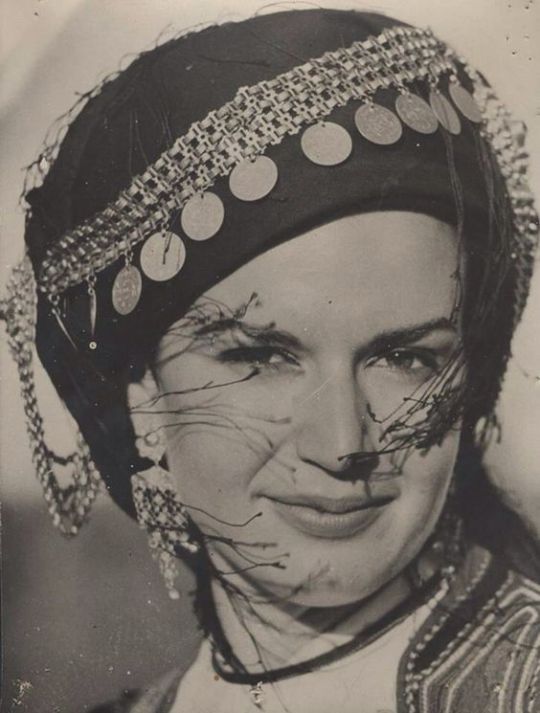

Traditional clothing of Thessalia, Greece
Karagouna
Trikala
2 notes
·
View notes
Photo
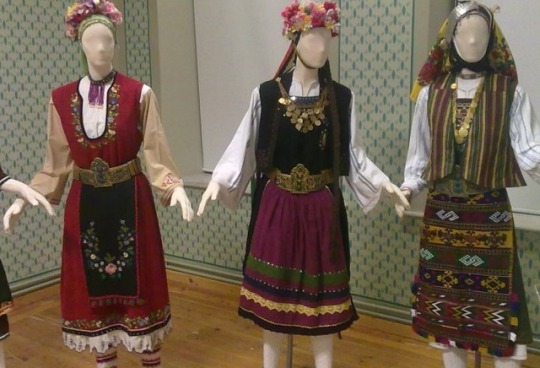
Έκθεση Παραδοσιακής Φορεσιάς στον Απαλό Έβρου
http://www.ypaithros.gr/wp-content/uploads/2017/03/ekthesi-paradosiakis-foresias-ston-apalo-evrou.jpg
0 notes
Text
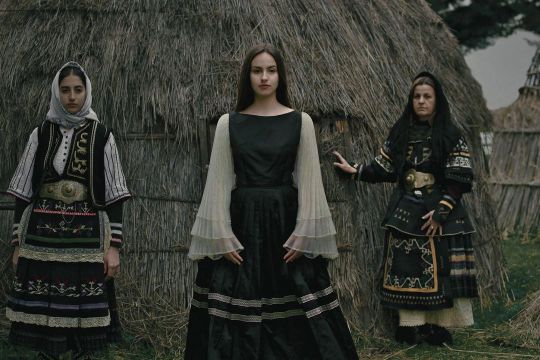
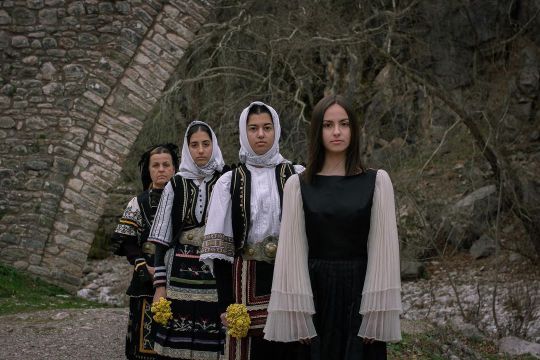
Greek fashion designer Eleni Koubi promotes her modern dress with traditional Sarakatsanic fashion in the background, as this dress is based on the basic principles of that clothing. She calls this fashion line "Couture Grecque".
From her page:

325 notes
·
View notes
Text
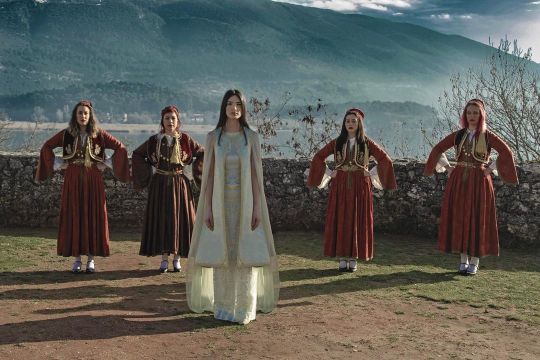


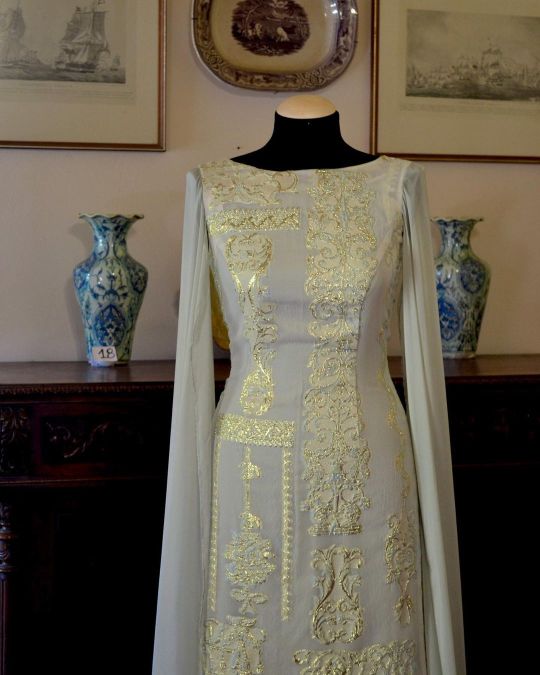
Eleni Koubi is a Greek fashion designer who bases her couture on the basic principles of Greek traditional clothing. This one is inspired by the Ioannina traditional costume.
302 notes
·
View notes
Text
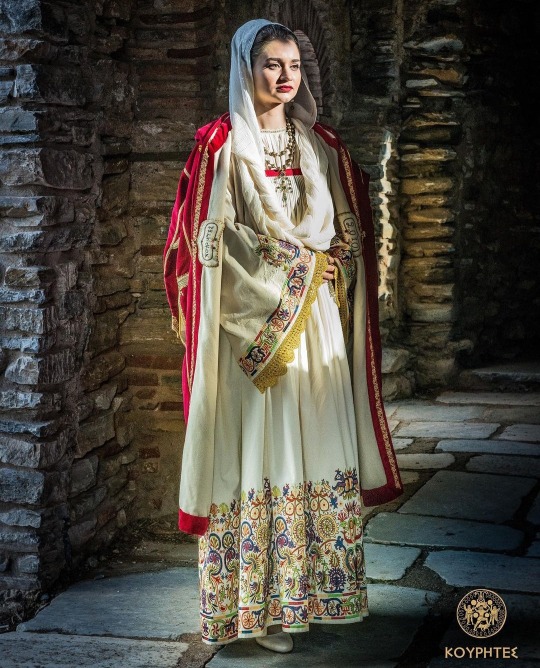
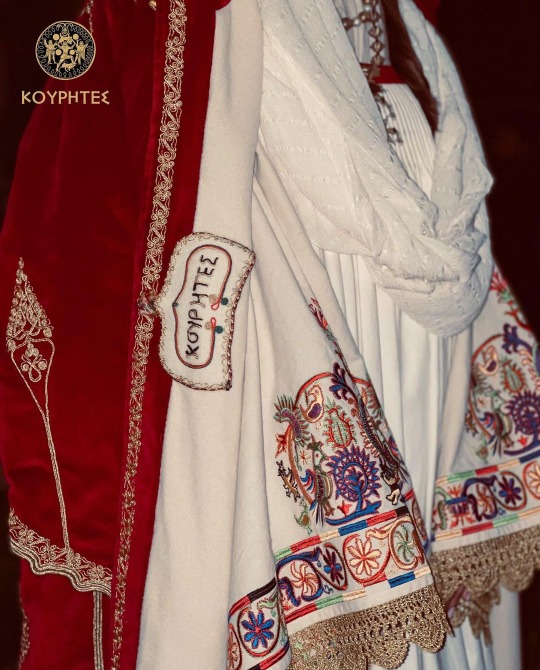
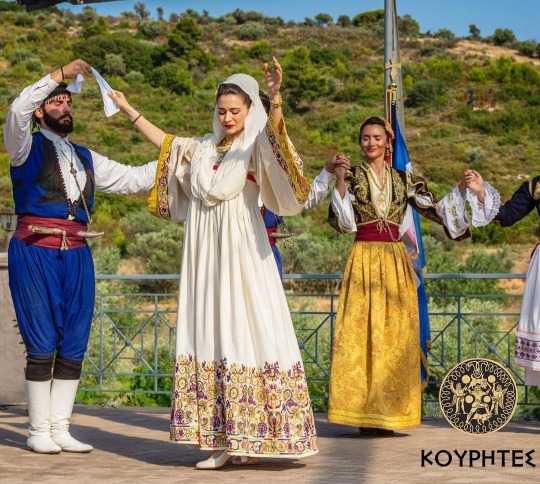
Traditional Cretan clothing, made and presented by @kourites on Instagram.
170 notes
·
View notes
Text
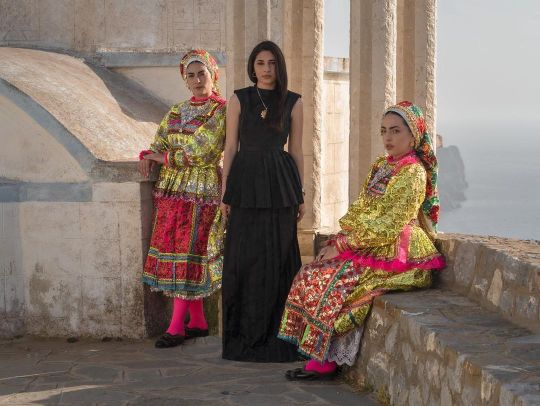


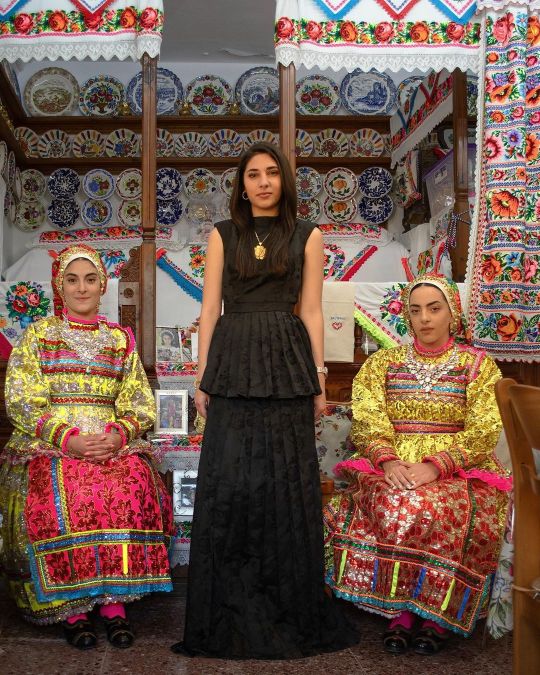
Eleni Koubi's designs are based on simple principles of Greek traditional clothing from different areas. This dress uses some inspiration from the Karpathos clothing regarding form and layering but its coloring is closer to a Karpathian's widow attire.
I also find it really wholesome that three out of four models have the same name. (Foula Protopapas, Foula Lenti, Magkafoula Minatsi, Popi Diakogeorgiou)
101 notes
·
View notes
Text
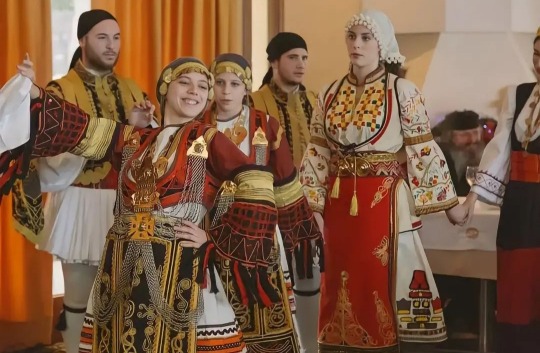
Traditional clothing from Thessaly and Attica
by @traditional_greek_clothing_ on Instagram
#the First of the dance looks so happy and graceful ftou ftou ftou!!#traditional clothing#historical Clothing#historical fashion#paradosiaki foresia#greek people
94 notes
·
View notes
Note
not sure if you have Instagram but I just found this photographer who takes amazing photos of different greek traditional costumes from across the country. Some of his photos even ended up in vogue!! I never see greek costumes celebrated in the mainstream so this was a real treat to fine :D
https://instagram.com/michael__pappas?igshid=YmMyMTA2M2Y=
OH MY GOD!! TYSM FOR SHOWING ME THIS!! Michael Pappas, esteemed followers!
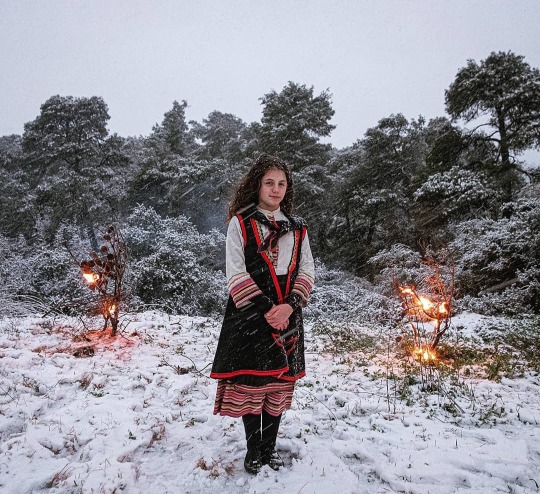
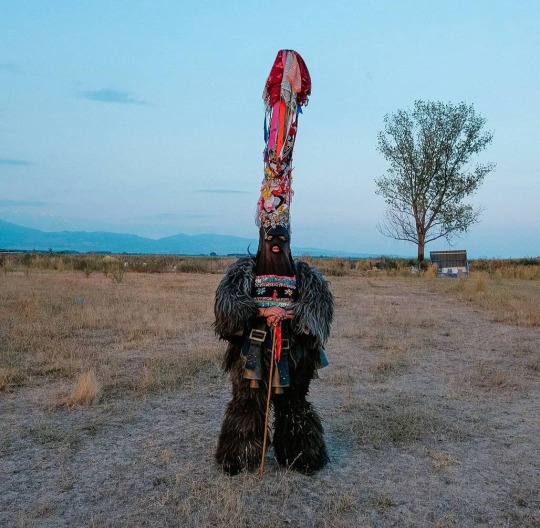

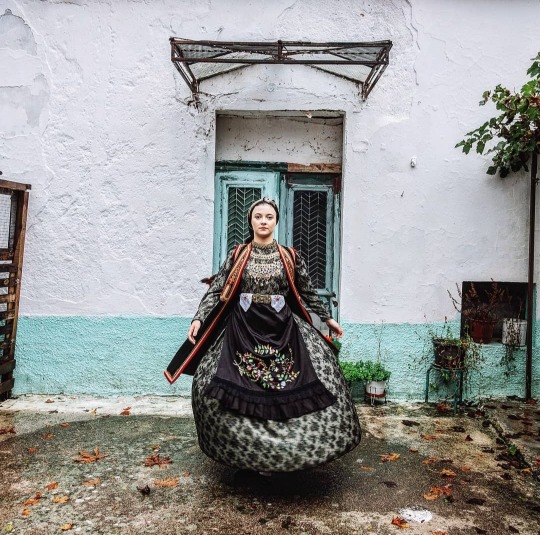
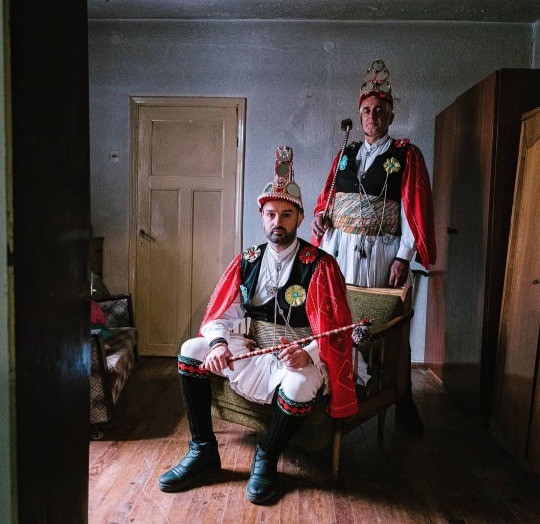




I want to add so many more but I'll slowly post them here I think!
209 notes
·
View notes
Text

Traditional Greek clothing of Karoti, Evros, Greece
By @greek_folk_costumes on Instagram
44 notes
·
View notes
Text

ΤΡΑΠΕJUDAH CLUB...οοοχι δεν το εγραψεεεεε
16 notes
·
View notes
Text
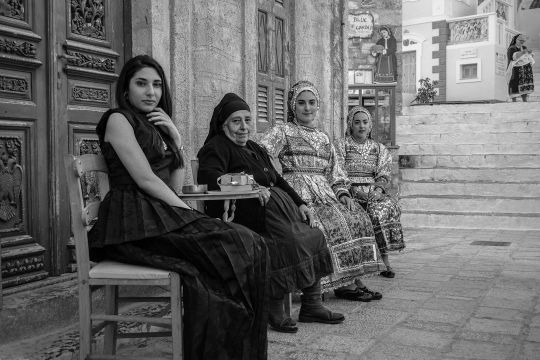
Eleni Koubi's designs are based on simple principles of Greek traditional clothing from different areas. This dress uses some inspiration from the Karpathos clothing regarding form and layering but its coloring is closer to a Karpathian's widow attire.
30 notes
·
View notes
Note
https://www.instagram.com/p/CmIM0fFBSvH/
Just saw this posted on ig! Hoping they put a site up since I won’t get to see it in person 😔
Most people in Greece won't have the chance to see it up close either, don't worry 😂 (I'll be one of them cause I don't see me traveling to Athens soon) But daamn the photos are gorgeous
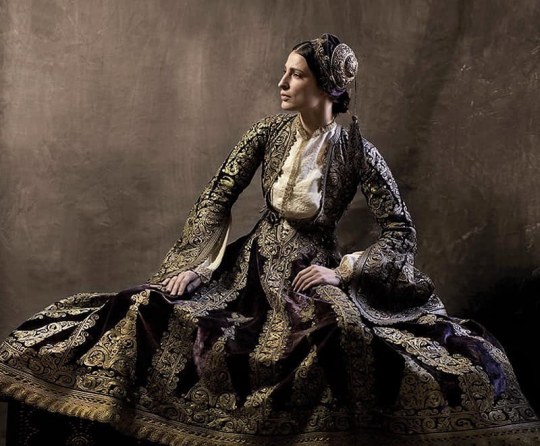
Acropolis Museum to host a photo exhibition of historic Greek costumes.
From 20 December 2022 until 26 March 2023, following the initiative of the Marianna V. Vardinoyannis Foundation, the Acropolis Museum presents the emblematic exhibition titled “Raiment of the Soul” in collaboration with the National Historical Museum of Athens.
A photography exhibition of 70 historical costumes from the 19th century, from daily life and life in battle, worn by contemporary Greeks, will be shown at the Acropolis Museum as of December 20.
'Raiment of the Soul' is an initiative by the Marianna V. Vardinoyannis Foundation. The Acropolis Museum presents the exhibition in collaboration with the National Historical Museum of Athens and is under the auspices of Greek President Katerina Sakellaropoulou.
It will run until March 26, 2023.
21 notes
·
View notes
Text

Greek girls dancing wearing the traditional dress of Greek Thracian village Metaxádes
#paradosiaki foresia#thrace#metaxades#the details are actually great here!#traditional clothing#historical fashion
18 notes
·
View notes
Text

In the traditional dress of Olympos, Karpathos, before the Hellenic parliament
#this theia is the most precious person near the whole building#our politicians are not in the precious category naturally#paradosiaki foresia#Olympus#olympos
14 notes
·
View notes